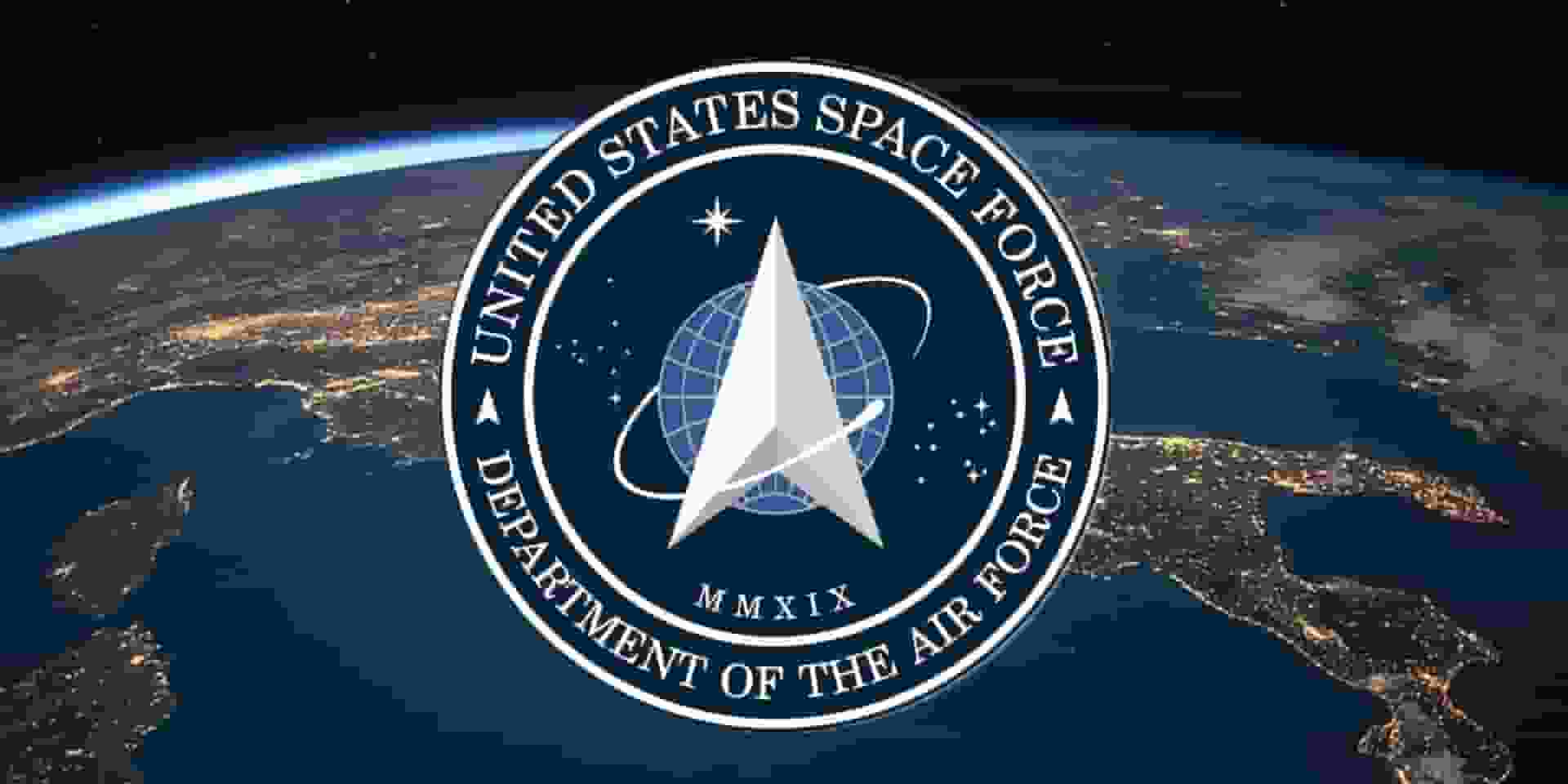STARCOM, the Space Force’s Space Training and Readiness Command, is responsible for instructing and preparing U.S. Staff members of the Space Force have released a document called “Space Doctrine Publication 3-100, Space Domain Awareness” that describes space domain awareness (SDA) and provides instructions on how to create and preserve it. SDA, to put it briefly, is the ability to recognize, comprehend, monitor, and keep track of every single object in Earth’s orbit.
The majority of the document explains the necessity of keeping an eye on and tracking objects like space debris, the increasing number of commercial satellites, enemy spacecraft, and “the hazards posed by the space environment and natural debris” like solar flares and meteoroids in order to maintain a safe environment.
But the paper also states that in order to operate in space safely, one must have “the ability to rapidly identify and respond to threats and hazards, including objects that exhibit abnormal observables and patterns of life and cannot be correlated to any owner or point of origin.” What could these objects be, then?
These are typically objects that have been launched by foreign countries. The document from STARCOM states that it is “imperative for the safety of space operations that the United States not only knows where objects and spacecraft are at any given time, but also how they got there, who owns them, their potential capabilities, and their operator’s intent.”
The article continues by outlining the various methods that can be used to attain this capability, such as employing radar systems, optical and infrared sensors, radio frequency monitoring, weather stations in orbit, and intelligence community data.
Nevertheless, despite the variety of methods, the U.S. While the Space Force and other agencies monitor objects in Earth’s orbit, recent occurrences show how some can remain unidentified.
One instance occurred in early 2022, when a rogue rocket was observed flying toward the moon. Although the majority of observers observed that the rocket was probably a booster from China’s Chang’e 5-T1 lunar mission, China refuted this assertion.
As recently as October 2022, China’s reusable spacecraft was also seen launching unidentified payloads into orbit.
Space tracking stations saw an unidentified object with three Russian satellites earlier in 2014. It was eventually determined to be unidentified, though it was thought to be either an inspector spacecraft or an anti-satellite device.
The Space Force is trying to monitor spacecraft activities more closely in light of these and other developments. According to Space News, the Space Force’s Space Systems Command chose a number of private businesses in October 2023 to aid in accelerating the development of new technologies linked to space domain awareness.
The Space Force’s covert Silent Barker spacecraft was launched earlier this year by the United Launch Alliance. Its mission is to serve as a “watchdog” over satellites in geosynchronous orbit, which is the area of space 22,236 miles (35,786 kilometers) above Earth that permits spacecraft to remain stationary.
Additionally, the Pentagon established the All-Domain Anomaly Resolution Office (AARO) in 2022 with the goal of locating, classifying, and identifying “anomalous, unidentified space” objects as well as those in the air, sea, or appearing to move between these domains. The office reports that it currently has “no credible evidence” to suggest that any of these anomalous objects are alien in origin.
However, the Space Force’s Chief of Space Operations, Gen. B. Chance Saltzman, stated in April 2023 that “space domain capabilities for space awareness are still lagging,” despite the need for greater knowledge of what is in space and who might be operating it.
What is the U.S. Space Force, and what does it do?
The sixth and most recent branch of the U.S. military was founded as the United States Space Force. Armed Forces after the National Defense Authorization Act became law on December 20, 2019. Prior to that, the United States had not established a new armed branch since the Air Force was established in 1946.
With orbital space growing more crowded and contested, the argument for a separate military branch devoted to the last frontier gained traction. As satellites became more and more necessary for communication, navigation, weather forecasting, and intelligence gathering, the U.S. The Department of Defense also saw the need for a military branch whose primary responsibility would be to manage and safeguard these assets. Thus, the Space Force came into being.
The following are just a few of the unclassified and publicly known U.S. Space Force systems and capabilities: the Defense Meteorological Satellite Program (DMSP), which provides weather data to the U.S. military; the Global Positioning System (GPS), managed by Space Delta 8 at Schriever Space Force Base in Colorado; and a host of intelligence, surveillance, and missile early warning systems, such as the Next Generation Overhead Persistent InfraRed system (Next-Gen OPIR), the Space Based Infrared System (SBIRS program, and the Space Tracking and Surveillance System.
Moreover, Space Force uses a range of ground-based sensors, such as the Ground-Based Electro-Optical Deep Space Surveillance (GEODSS) system, to track objects from low Earth orbit all the way out to deep space.




![Tyson Foods Plant [Photo: Food Manufacturing]](https://southarkansassun.com/wp-content/uploads/2023/08/iStock_1185520857__1_.5e441daa51cca-600x337.jpg)








![Silverado Senior Living Management Inc. [Photo: Los Angeles Times]](https://southarkansassun.com/wp-content/uploads/2023/10/download-6-4-600x337.jpg)

![China's Wuhan Institute of Virology [Photo: Nature]](https://southarkansassun.com/wp-content/uploads/2023/09/d41586-021-01529-3_19239608-600x337.jpg)















